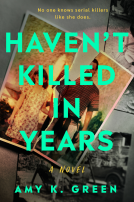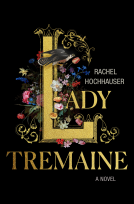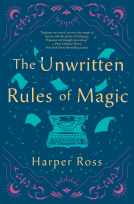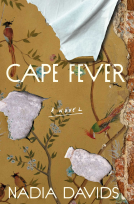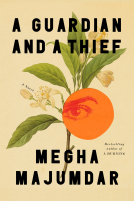Please wait... This may take a moment.
Street Art Santiago
This title was previously available on NetGalley and is now archived.
Pub Date
Jun 28 2015
| Archive Date
Dec 31 2015
Description
Santiago, with its deeply evolved and extremely active underground graffiti scene, bursts at the seams with an abundance of eye-popping, jaw-dropping murals. Stencil graffiti artist Lord K2 documents 14 neighborhoods within the capital of Chile with his arresting photography and intimate conversations with local artists. Through more than 200 images and 80 interviews, learn how street art was influenced by American, European, and Brazilian graffiti and how its evolution runs parallel to the political history of the nation itself. During the Cold War, nationalist muralist brigades spread socialist idealism through symbols of power and oppression. Santiago’s repressed lower classes gradually usurped the art form, and murals eventually became a weapon of resistance. This vibrant city, with its array of distinct cultural districts, now invites you to experience its fascinating and tightly knit artistic community that has flourished since the fall of Pinochet’s dictatorship in 1990.
Santiago, with its deeply evolved and extremely active underground graffiti scene, bursts at the seams with an abundance of eye-popping, jaw-dropping murals. Stencil graffiti artist Lord K2 documents...
Description
Santiago, with its deeply evolved and extremely active underground graffiti scene, bursts at the seams with an abundance of eye-popping, jaw-dropping murals. Stencil graffiti artist Lord K2 documents 14 neighborhoods within the capital of Chile with his arresting photography and intimate conversations with local artists. Through more than 200 images and 80 interviews, learn how street art was influenced by American, European, and Brazilian graffiti and how its evolution runs parallel to the political history of the nation itself. During the Cold War, nationalist muralist brigades spread socialist idealism through symbols of power and oppression. Santiago’s repressed lower classes gradually usurped the art form, and murals eventually became a weapon of resistance. This vibrant city, with its array of distinct cultural districts, now invites you to experience its fascinating and tightly knit artistic community that has flourished since the fall of Pinochet’s dictatorship in 1990.
Advance Praise
No Advance Praise Available
No Advance Praise Available
Marketing Plan
No Marketing Info Available
No Marketing Info Available
Available Editions
| EDITION |
Hardcover |
| ISBN |
9780764349270 |
| PRICE |
$34.99 (USD)
|
Additional Information
Available Editions
| EDITION |
Hardcover |
| ISBN |
9780764349270 |
| PRICE |
$34.99 (USD)
|
Average rating from 16 members
Readers who liked this book also liked:
Physics for Cats
Tom Gauld
Comics, Graphic Novels, Manga, Humor & Satire, Science
Cape Fever
Nadia Davids
General Fiction (Adult), Literary Fiction, Mystery & Thrillers
The Storm
Rachel Hawkins
General Fiction (Adult), Mystery & Thrillers
The Castaways
Lucy Clarke
General Fiction (Adult), Mystery & Thrillers, Women's Fiction





